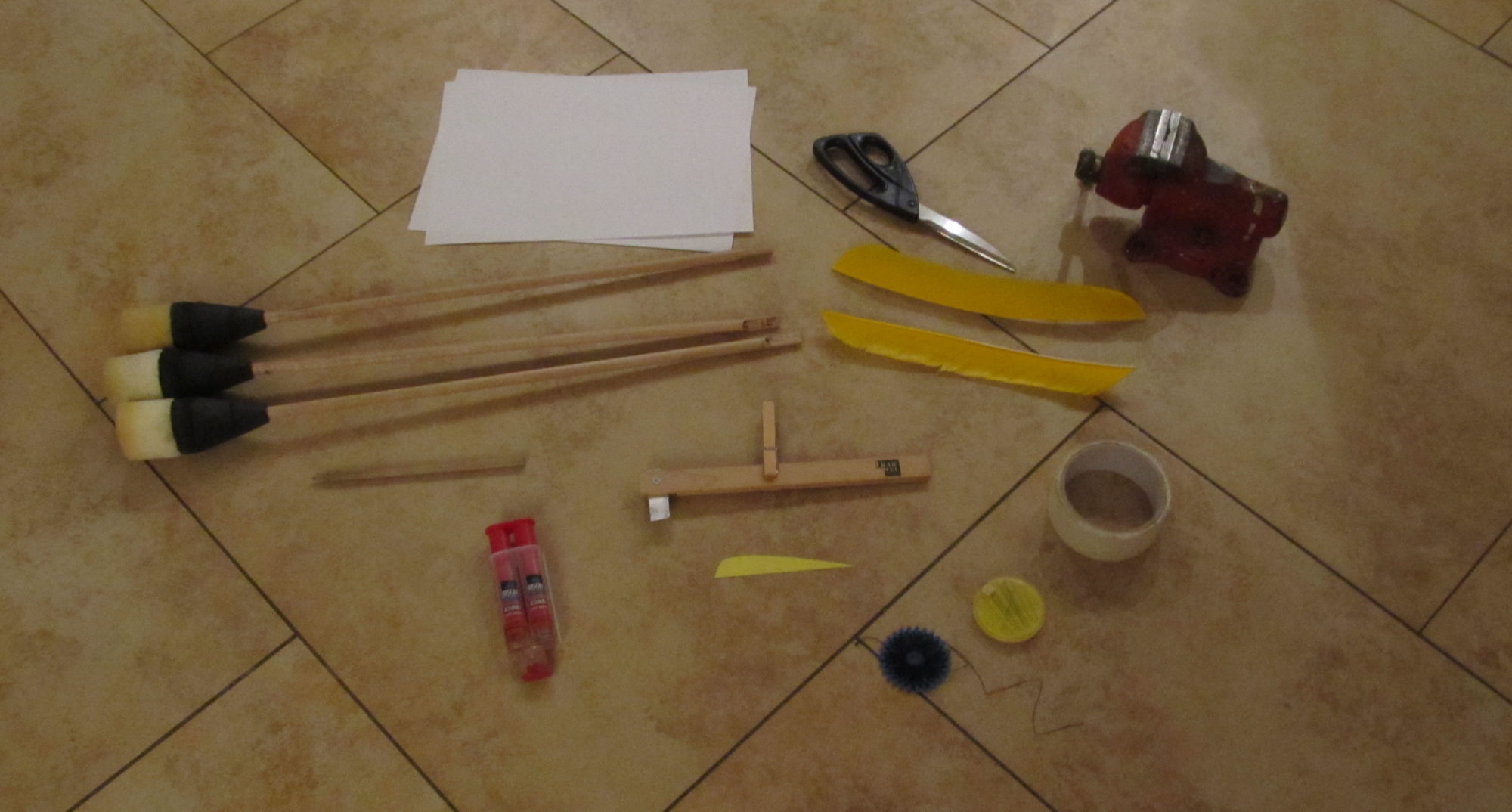We really like Sieglatan’s Zweihänder for its realism.
-
Select a Core
- Fiberglass (The only option for Red Swords, trust us)
-
Build the Blade
- The Box Method
- The Eryndor Method
- Fry Method
- Progressive Resistance Technique
-
Create a guard (optional)
-
Create a handle
- Shaping a handle
- Bar Stock Counterweighting
- Lead Wrap Counterweighting
- Alternate Counterweighting
- Leather Wrap Grip
- Rope Grip
- Single Piece Leather Grip
-
Create a pommel
- Flat (Sandwich) Pommels
- Round (Wrap) Pommels
- Routed Pommels
-
Create a stab tip (optional)
-
Create a sword cover and complete any detailing you want.
- Stocking Cover
- Sewn Cover
- Plastidipping
Multiple ways of constructing each component exist, so we’ve listed tutorials for each method. Further discussion on red swords in general follows:
A red sword is fundamentally similar to a blue sword, but requires much stronger construction and concern for safety.
We suggest a core of 5/8″ solid round for most redswords. 1/2″ is too thin. It will whip and risks breaking. 3/4″ in strong, but probably too heavy for most purposes. While heavy weapons increase realism, much heavier that 5/8″ might swing with unsafe force. Alternate cores include square fiberglass rods, or even bandshoppe poles for the largest of redswords.
Red blades take significantly more punishment than blue swords. You’ll need to take more care to avoid uneven lines, over (and under) gluing, and other construction errors than could weaken a blade. Consider incorporating progressive resistance techniques. This allows a blade to be thinner without the foam “bottoming out” on a hard hit.
If you’re putting in the extra effort to construct a red sword, you might as well put in the effort to include a guard. This actually has a practical purpose on red swords, since knuckles often get hit more often than for a blue sword.
You’ll need a longer handle than on a blue sword. A minimum of two hand spaces is required, although some people prefer an even longer handle for more maneuverability. Correct shaping of the handle can lead to less flat hits, and a more natural grip for your hands. Counterweighting is almost essential for a red sword. The long blade pulls the balance point away from the handle and robs you of maneuverability unless you install weights in the handle.
Like any other weapon, a pommel is required to meet eye safety standards. Sometimes you’ll find yourself gripping the pommel for extra maneuverability, so its good to make sure its durable and attached well.
While still optional, a stab tip can be useful on a red weapon. You rely on keeping people at range, and stabs can achieve this. Stab tips can face a lot of force from two-handed stabs, so durability is second only to safety for red swords. We recommend a yoga mat stab tip, as it undergoes less lateral stresses than taller open cell designs. Stab tips can be constructed before the hilt components, but the blade must be completed first.
Like blue swords, a sword cover is the final step in sword construction. It can be hard to find stockings with enough size and length, so sometimes sewing a cover is the only option.
